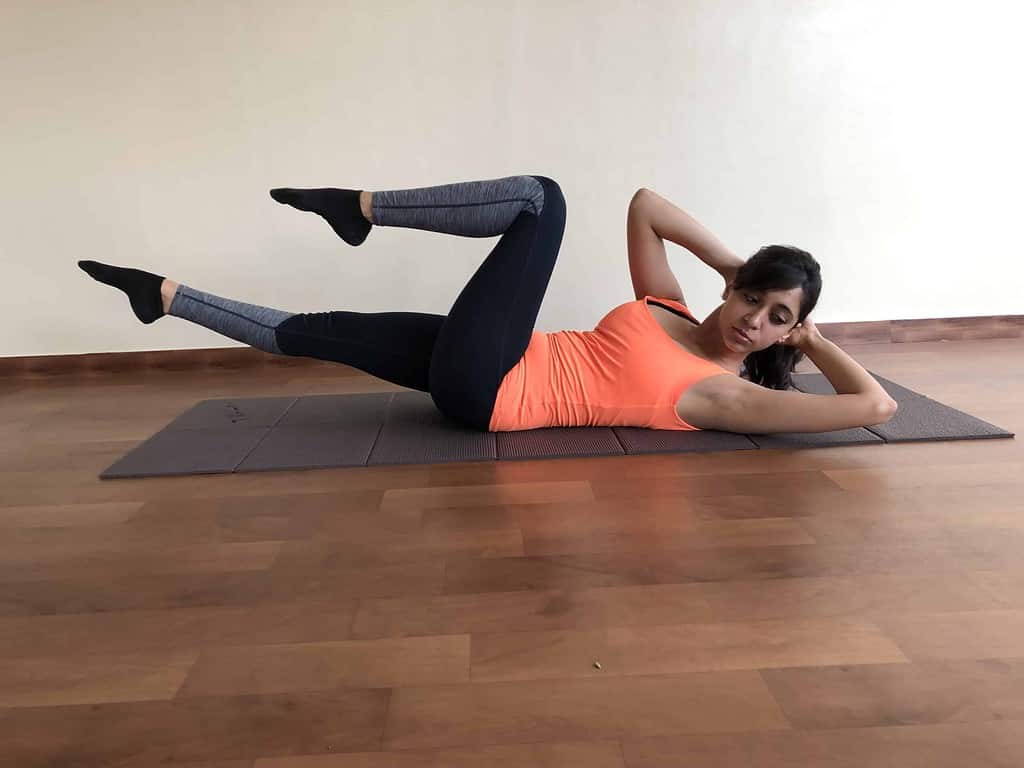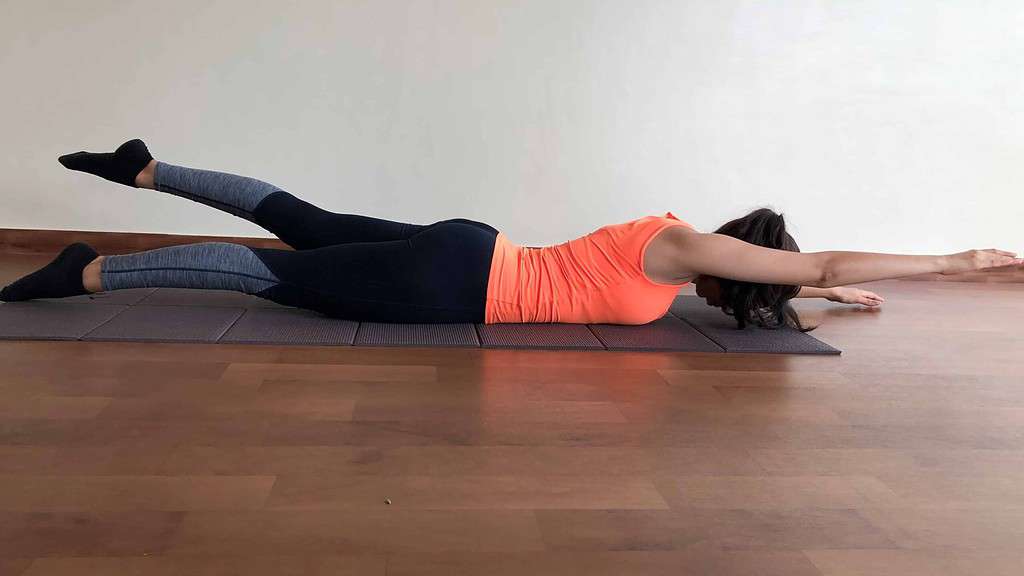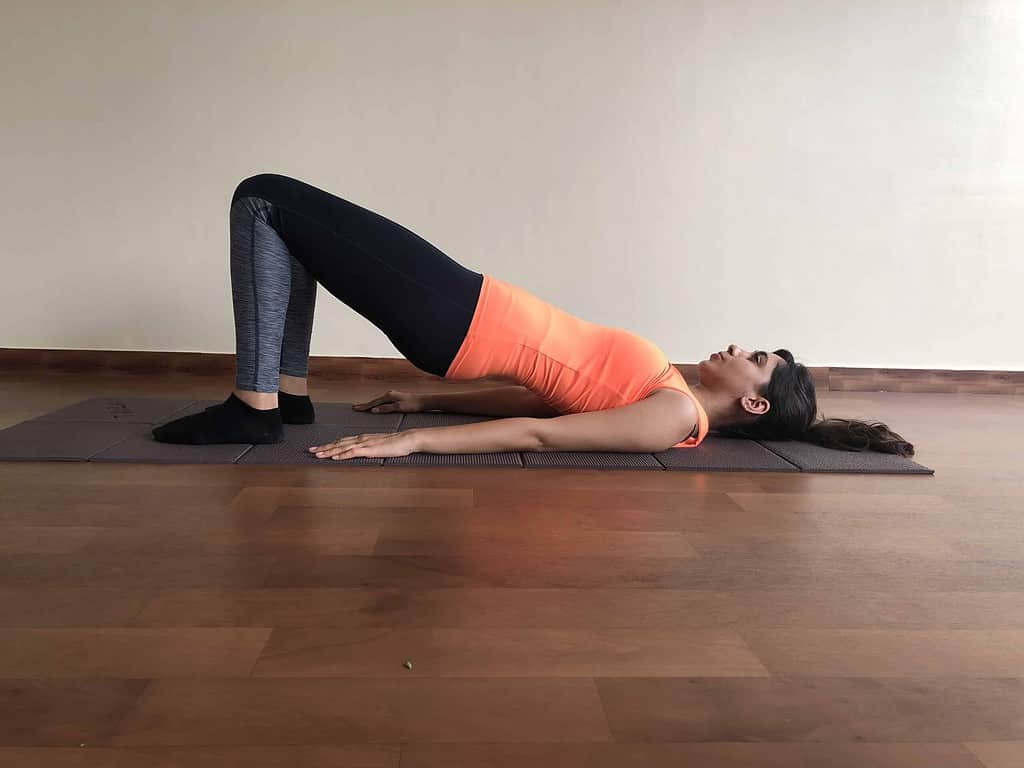Runners and the mechanism of running

The form and efficiency of runners are directly related. A flawed form not only leads to wasted energy but also increases risk of injury. In this blog, we give a glimpse into the mechanism of running and how Pilates can help runners.
More often than not, it is the work done outside the running tracks and beyond training runs that helps in cleaning up an athlete’s form. A lot of runners are turning to Pilates for this.
Fitness experts and athletes, the world over, are realising that we don’t have to look at muscle groups in isolation, but recognise the integrated movement patterns of the entire body as a single unit. Our bodies consist of various mechanisms which are connected to each other through chain-like crisscross “sling systems”. These connecting systems, also known as myofascial slings, function in coordination to allow optimum movement. Exercises of Pilates are extremely effective in activating the sling system and strengthening them, especially for runners.
There are four major sling systems in our body:
Anterior Oblique Sling:
The anterior oblique system (AOS) consists of the external oblique and internal oblique (abs), connecting with opposite adductor muscles (inner thigh) via the adductor-abdominal fascia. It runs diagonally in the front of the torso.
When this group of muscles contract together, it provides stability by acting like an abdominal binder, compressing the entire pelvic girdle. When running, the anterior oblique sling is important in providing lower back and pelvic stability. It not only contributes to accelerating the body but also to rotating and decelerating it during the change of direction.
Pilates Exercise to activate this sling: Criss Cross

Posterior Oblique Sling:
The posterior oblique sling system consists of the latissimus dorsi (big muscles on the back), the gluteus maximus, and the inter-connecting thoracolumbar fascia. The action of these muscles along with the fascial system both controls the rotation of the pelvis that would occur during gait as well as stores energy to create more efficient movement. This mechanism acts as a ‘smart spring’, using phasic contractions to release and store energy during gait.
It is vital that the Posterior and Anterior muscle slings of the body function harmoniously in order to facilitate efficient movement and prevent injury.
Pilates Exercise to activate this sling: Swimming

Deep Longitudinal Sling:
The deep longitudinal system comprises several of your back-body muscles, including the erector spinae (the muscles that flank your lower spine), the biceps femoris (hamstrings) as well as the ligaments in the pelvis.
The muscles of this sling work together in any movement that requires you to extend or straighten your hips and knees while your feet are planted, like running. Functionally, the deep longitudinal sling should be activated all-day long as it is connected with our posture. But our body activates it to a greater degree for running, to hold itself up.
Pilates Exercise to activate this sling: Bridge

Lateral System:
The anatomy of the lateral sling consists of the gluteus medius, gluteus minimus (deeper buttock muscles), tensor fascia latae and iliotibial band, on one side and the opposite adductors. This sling is essential in maintaining the side to side pelvic stability.
During movements involving balance on a single leg, such as walking and running, the lateral sling comes into tension. It maintains the pelvis stable over the leg, preventing pelvic drop on the opposite side of the pelvis. Failed control by the lateral sling leads to a hip drop during preparatory stance of the gait on the single leg, which is compensated by side flexion of the trunk. This can create a lot of torsion in the lower back.
Pilates Exercise to activate this sling: Clam

While you might dismiss running as a simple matter of moving our legs backwards and forwards, it involves a complex rotational and side-to-side motion.
Maintaining a neutral pelvis is vital in the correct alignment of the lower limb during movement; ensuring your hip lines up with your knee and knee lines up with your toes.
The slings diagonally link the opposite parts of the torso with the hips and legs. They form an X across the body, the centre of which is the core. With Pilates’ focus on the core and integrated movements, the sling systems get stronger. Using different props, it improves stability and balance. As a runner, include Pilates in your training. Ultimately, you will achieve optimum utilisation of your energy and reduce your chance of injury.
In our next blog, read about a marathon runner’s experience with Pilates and how it helped her. If you missed our blog on your body’s walking mechanism, read it here.

Comments
I’m often to running a blog and i really appreciate your content. The article has actually peaks my interest. I’m going to bookmark your site and maintain checking for brand new information.